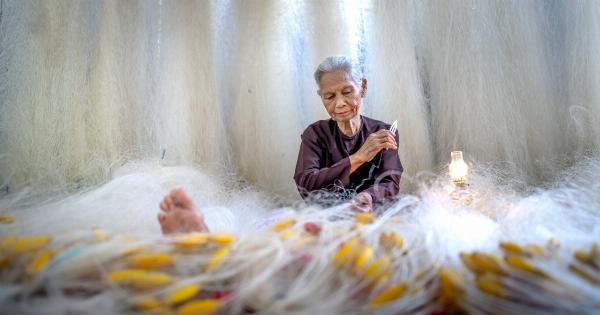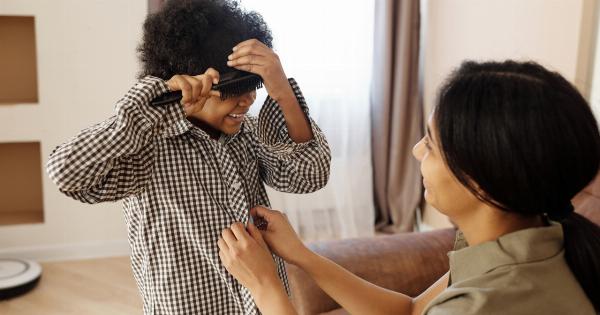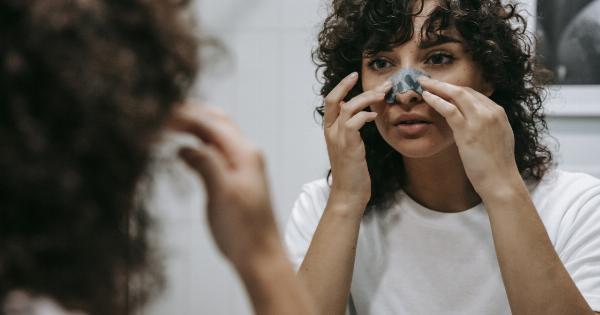Hair loss in women is much more common than people think. In fact, according to the American Academy of Dermatology, about 40% of women experience some form of hair loss by the age of 40.
Yet, unlike male pattern baldness, which is typically hereditary and recognizable by a receding hairline or bald spot, female hair loss can take many different forms and have many different causes.
1. Types of Hair Loss in Women
Before diving into the causes of hair loss, it’s important to understand the different types of hair loss that women can experience. Some of the most common types include:.
Androgenetic Alopecia
This is the female version of male pattern baldness. It’s a hereditary condition that causes hair to thin all over the scalp, especially at the part. Unlike male pattern baldness, women with androgenetic alopecia rarely go completely bald.
Telogen Effluvium
This is a temporary form of hair loss that is caused by stress or hormonal changes. Hair prematurely enters the resting phase (telogen) of the hair growth cycle and falls out faster than it should.
Eventually, this leads to thinning hair all over the scalp.
Alopecia Areata
This autoimmune disorder causes hair to fall out in patches on the scalp or elsewhere on the body. In severe cases, it can lead to total hair loss (alopecia universalis).
Traction Alopecia
This type of hair loss is caused by tension on the hair, usually from tight hairstyles like braids, ponytails, or extensions. Over time, it can cause hair to break or fall out in the areas that are exposed to the most tension.
2. Common Causes of Hair Loss in Women
There are many different factors that can contribute to hair loss in women. Some of the most common causes include:.
Hormonal Changes
Changes in hormone levels can disrupt the hair growth cycle and lead to thinning hair or hair loss. This can happen during pregnancy, menopause, or as a result of hormonal imbalances like PCOS.
Stress
Stress can cause a number of physical symptoms, including hair loss. This is because stress hormones can disrupt the hair growth cycle and cause hair to enter the resting phase (telogen) prematurely.
Nutritional Deficiencies
A lack of important nutrients like iron or vitamin D can lead to hair loss in women. This is because these nutrients are necessary for healthy hair growth.
Medications
Some medications, like chemotherapy drugs or blood thinners, can cause hair loss as a side effect. If you’re experiencing hair loss and taking medication, talk to your doctor to see if it could be a possible cause.
Tight Hairstyles
Tight hairstyles like braids or ponytails can put tension on the hair follicles and cause hair to break or fall out.
3. How to Treat Hair Loss in Women
Treatment for hair loss will depend on the underlying cause. Here are some potential treatments depending on the cause of hair loss:.
Androgenetic Alopecia
There are a number of treatments for androgenetic alopecia, including topical minoxidil (Rogaine), oral medications like finasteride, and low-level laser therapy.
Telogen Effluvium
There’s no specific treatment for telogen effluvium, as it usually resolves on its own within a few months. However, reducing stress and making lifestyle changes like eating a balanced diet can help speed up recovery.
Alopecia Areata
There are a few treatments for alopecia areata, including topical corticosteroids, anthralin, or immunotherapy.
Traction Alopecia
The best treatment for traction alopecia is to avoid tight hairstyles and give your hair a break. In some cases, hair growth may resume on its own, but in severe cases, hair transplant surgery may be necessary.
4. How to Prevent Hair Loss in Women
While some causes of hair loss are out of your control, there are some changes you can make to prevent hair loss in the first place. Here are some tips:.
Eat a Balanced Diet
Your hair needs certain nutrients to grow, so make sure you’re getting enough protein, iron, and vitamins like B12 and D.
Avoid Tight Hairstyles
Try to avoid hairstyles that put tension on the hair, like tight braids or ponytails.
Reduce Stress
Find ways to manage stress, whether it’s through exercise, meditation, or therapy.
Be Gentle with Your Hair
Avoid harsh chemicals and treatments, and be gentle when combing or brushing your hair to avoid breakage.
Conclusion
Hair loss in women is a complex issue with many different causes and potential treatments. While some causes of hair loss are out of your control, there are steps you can take to prevent hair loss and promote healthy hair growth.
If you’re experiencing hair loss, talk to your doctor to determine the underlying cause and the best course of action.


















